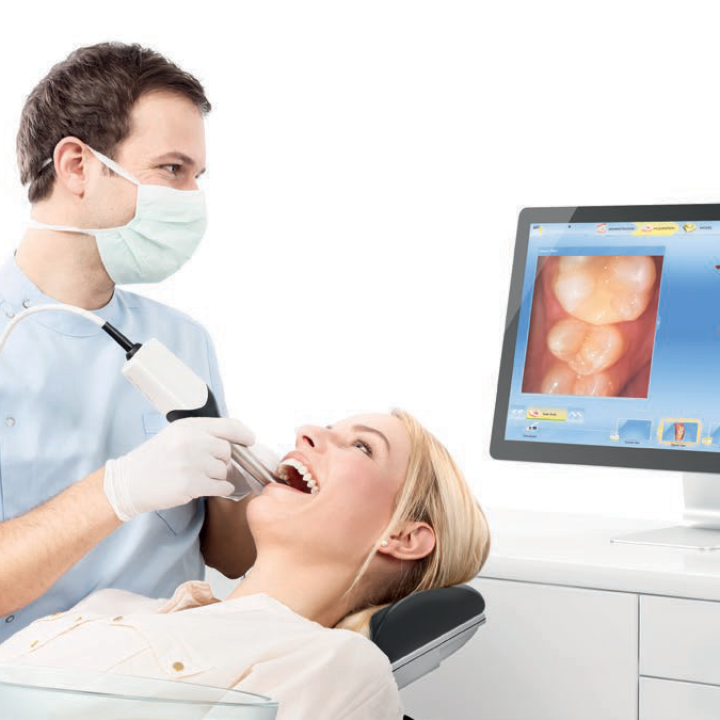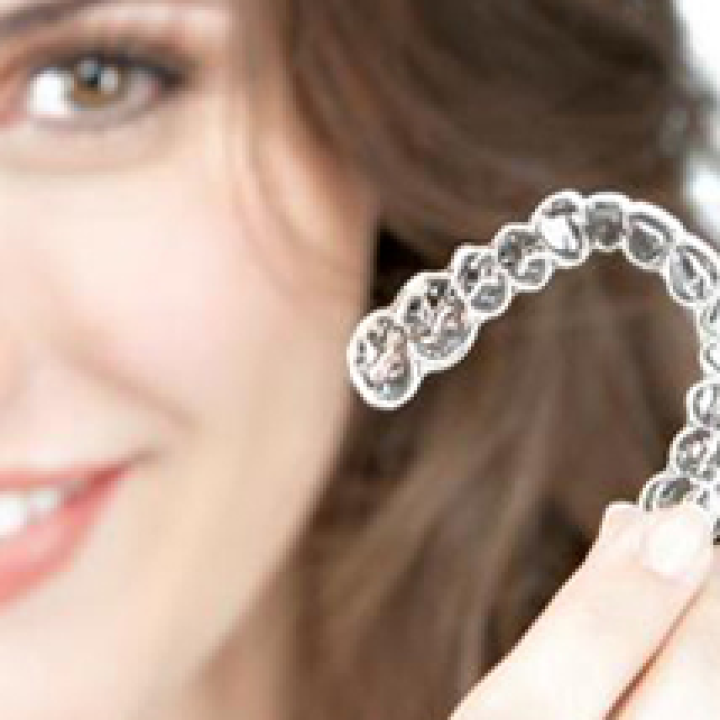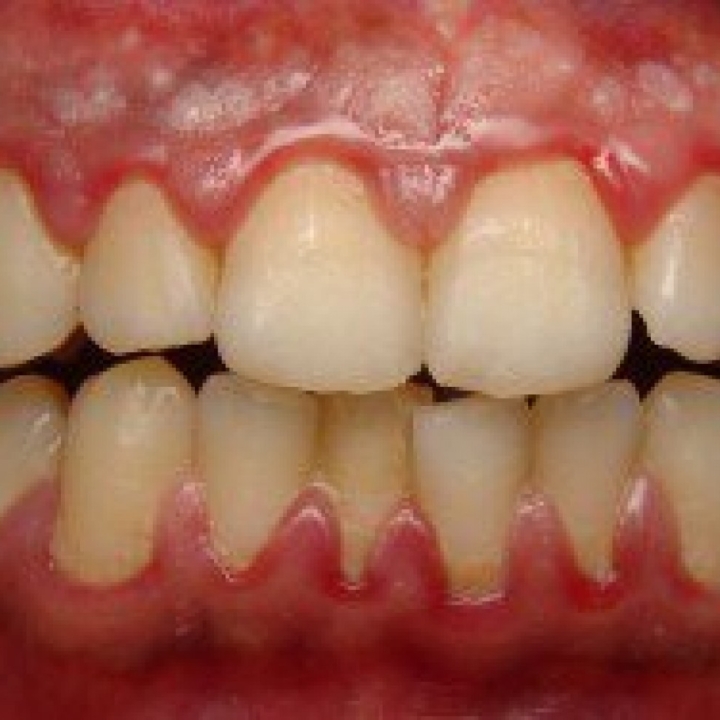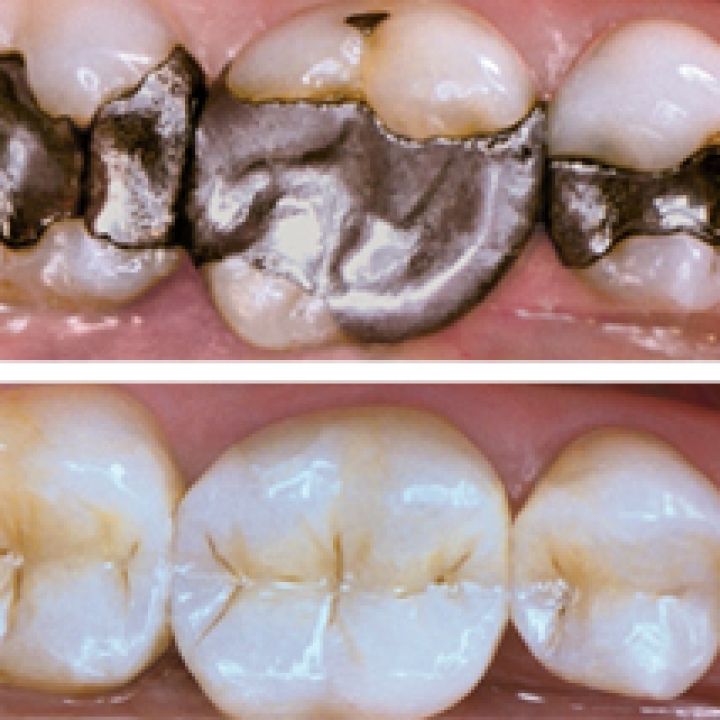Dental Extractions
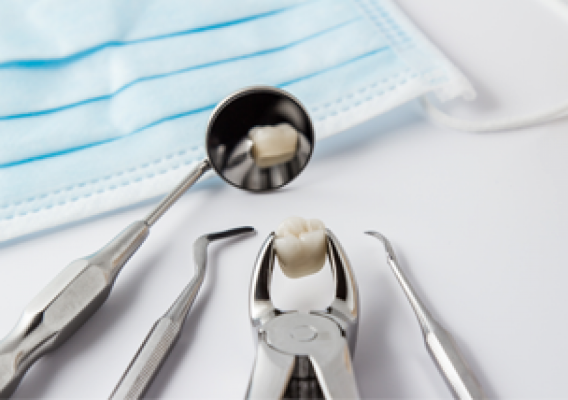
When Do I Need a Dental Extraction?
Dental Extractions refer to the removal of teeth or roots. In dentistry today, many extractions are still performed to remove unwanted teeth or roots. Although we always try to keep our own teeth for as long as possible, sometimes it is better to let go of the unwanted tooth than restoring it, because the outcome becomes too uncertain or compromised.
Possible Causes For A Dental Extraction:
- Very mobile teeth (Advanced Periodontitis / Gum Disease)
- Too little bone around the teeth to anchor the roots
- Fracture or trauma to the teeth
- Infection that destroyed most of the healthy tooth structure
- Orthodontic reasons (e.g. spacing)
- Financial consideration
Types Of Extractions:
- The traditional ‘wiggle and pull'
- The modern surgical approach 'wiggly-waggly'
Where Can A Dental Extraction Takes Place?
- In the surgery
- In the surgery under sedation
- In hospital under general anesthesia
Surgical Approach:
- The tooth is exposed by moving the gum away. Sometimes it has to be splitted in 2 or 3 sections with a drill and each section is then removed with great ease and comfort. Bone loss is minimal and this is the preferred method for a possible Dental Implant case afterwards.
- A flat instrument is forced between the gum and the tooth and the circumferential movements wiggle the tooth loose ('wiggly-waggly' method)
Dental Sutures:
Most of the times the use of dental sutures is recommended to close the wound and to speed up the healing process. These are dissolvable or non-dissolvable.
Care After a Dental Extraction
- Control The Bleeding
This is the first aim after an extraction and it leads to rapid tissue growth and healing. Bite firmly on the gauze placed by your dentist. The pressure helps to form a blood clot in the tooth socket. If you have a lot of bleeding, bite on a regular tea bag until the bleeding stops. The tannic acid in the tea aids in forming a blood clot. - Minimize Pain
Take the prescribed medication as directed (painkillers and / or antibiotics to lessen the chance of any possible complications.) Take the pain killers as prescribed even if you do not have any pain. It is much easier to keep pain away than to stop it once the pain is present. Ask your dentist if you may take over-the-counter medication, if needed. - Reduce The Swelling
Put an ice pack (ice wrapped in a cloth) on your cheek near the extraction site for about 10 minutes and then remove it for 15 minutes. Repeat as needed. You may see some bruising on your face. This is normal and will go away on its own. - Get Enough Rest
Limit activities for the first 24 hours after an extraction. When lying down, elevate your head slightly.
Why you must try to put a tooth back (watch video below)
DO's After Dental Extraction
- Eat soft, healthy foods and drink plenty of liquids (pasta, soup)
- Brush gently around the extraction site without using any toothpaste. (Rinsing toothpaste from your mouth will dislodge the blood clot)
- Keep the extraction site clean. After 12 hours you may be able to gently rinse your mouth.
- Rinse 4 times a day with 1 teaspoon of salt in a glass of water.
- Eat on the opposite side to prevent food from getting into the socket
- Rinse your mouth very gently otherwise the blood clot may dislodge!
DON'TS
- Don't rinse your mouth at all for the first 1-2 hours after the extraction as this may dislodge the blood clot.
- Don't drink with a straw, because sucking may dislodge the blood clot
- Don't fiddle in the socket with your tongue
- Don't drink hot liquids, because it may increase the swelling and sustain from using alcohol. It may slow down the healing process.
- Don't smoke. Smoking may break down the blood clot, causing a painful tooth socket
- Don't chew. Avoid crunchy or sticky foods, such as popcorn, gum and nuts
How Long Will The Anesthetic Last?
Your mouth will feel numb anything from 1 hour to 4 hours
Call Your Dentist If Any Of The Following Happens:
- Severe pain in the area (2-3 days later) - possible infection
- Continuous bleeding (slight oozing of blood on the first day is normal)
- Excessive swelling around the extraction site. Itching or rashes occur after you take medication
(maybe an allergic reaction)


